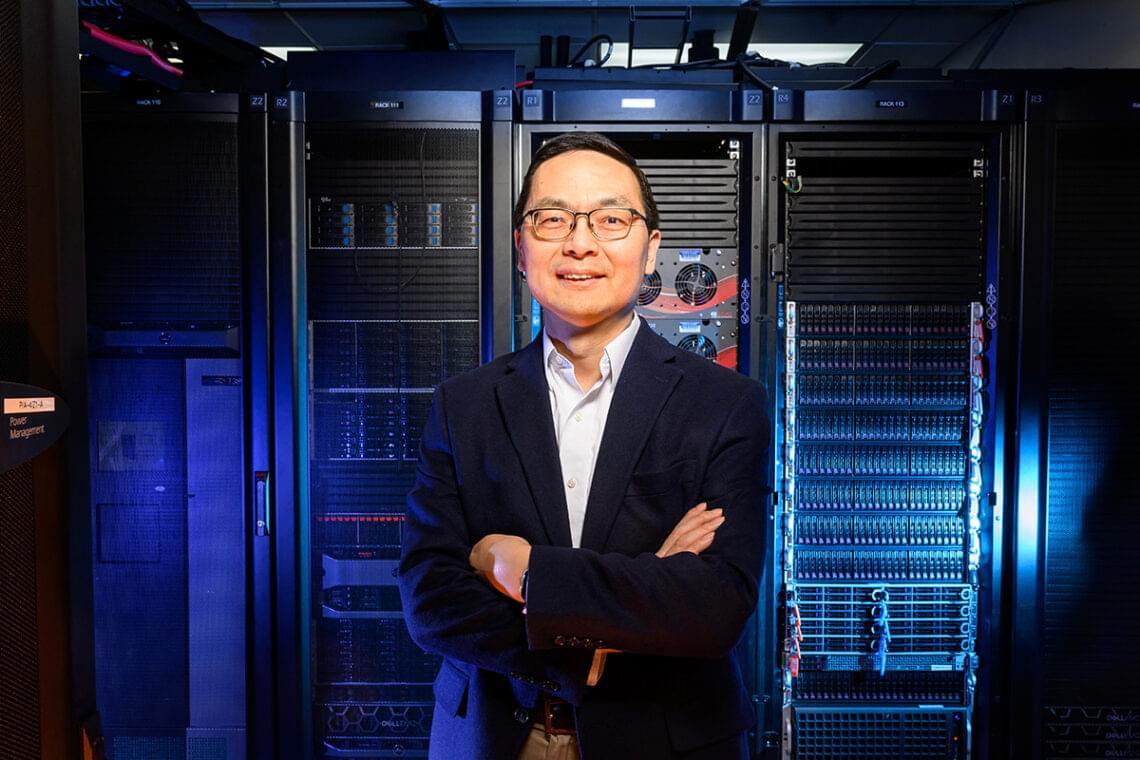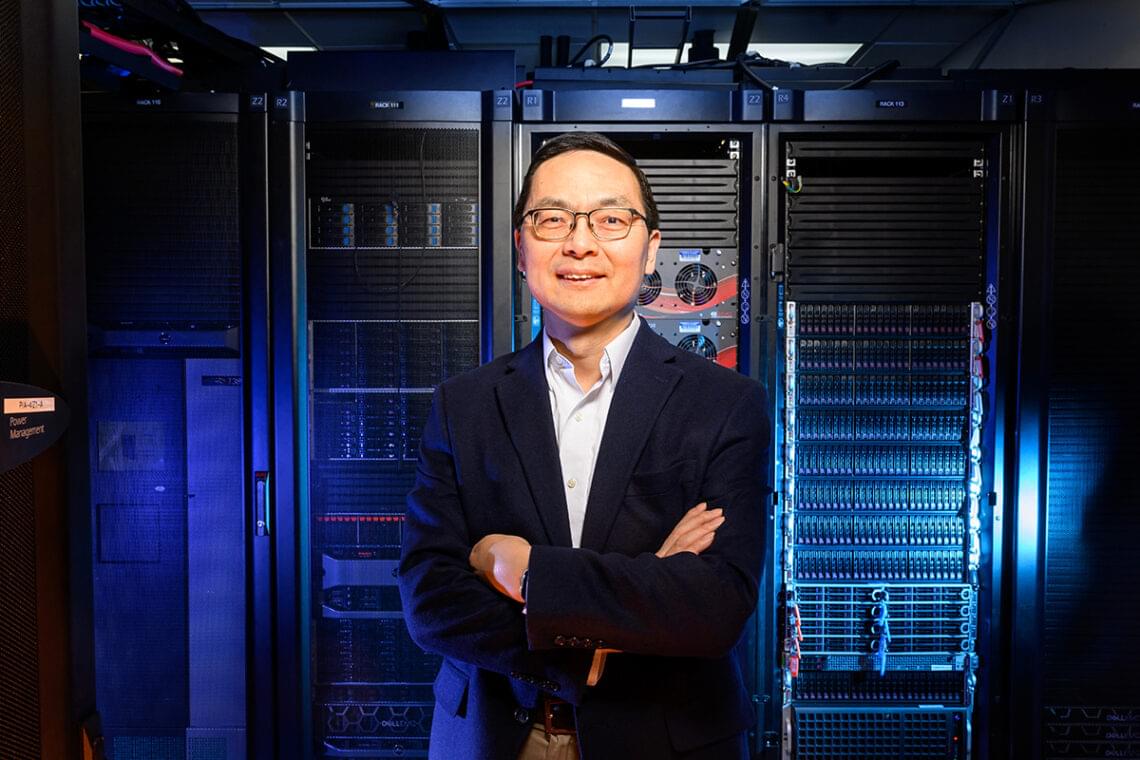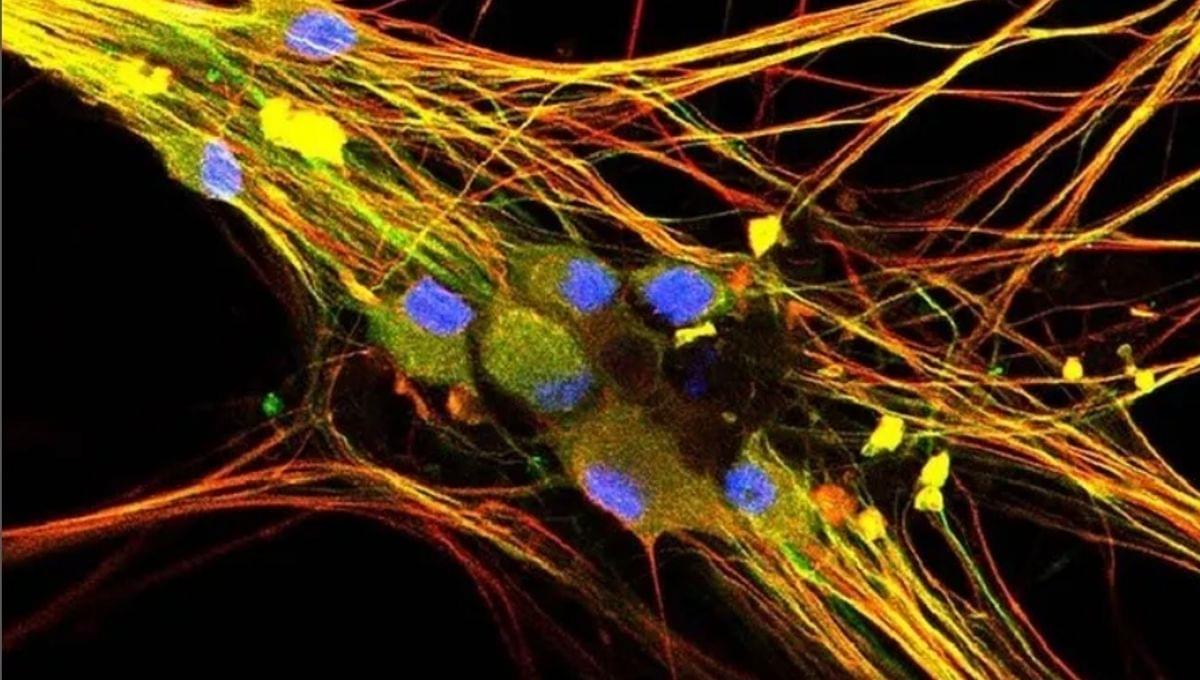🎥Podcast Teaser: AI in the Wild Wild West: S4:E44🎙️ LIVE with Chuck Brooks Chuck Brooks.
From Presidential appointee to global cyber thought leader, Chuck Brooks shares insights on AI, quantum, and servant leadership. A blueprint for resilient leaders.
🎥 Watch the full episode of the Leadership & Success Podcast with Coach BZ and read the podcast highlights:
https://www.linkedin.com/posts/bobfabienzinga_cybersecurity-…ce=share&u
Chuck Brooks Cybersecurity is national security. In my latest Leadership & Success Podcast with Coach BZ Podcast (S4:E44), I sat down with Chuck Brooks — Thinkers360 Cybersecurity Ambassador, Georgetown University faculty, and one of LinkedIn’s Top 5 Tech People to Follow. We explored his remarkable journey from Presidential appointee to global cyber thought leader, highlighting the leadership principles that fueled his success.
Chuck shared powerful insights on the rise of ransomware, the looming threat of quantum computing, and how AI and agentic systems are transforming the cyber battlefield. He emphasized humility, continuous learning, and servant leadership — values equally vital in military command posts and Silicon Valley boardrooms. His call to action for leaders?





